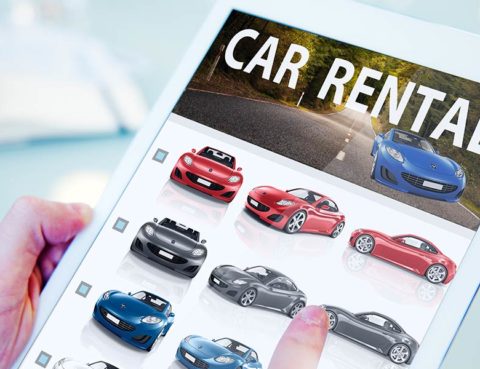Some people don’t mind a long commute–they appreciate the time to themselves to mentally prepare themselves for the day ahead or relax after a long workday. For others, long commutes or work trips are a drag and they’d rather just be at the destination.
Deciding whether buying a new car or hanging on to your old one makes the most sense can be tough. Here are a few points to consider.
Should you get a new car or save money on one that’s used? There are pros and cons to both.
What do you keep in your car when you’re traveling? Here are a few things most folks don’t think to pack when they’re about to hit the road, but that could come in handy nonetheless.
Your teen is ready to start driving. Make sure your car is ready by performing these maintenance checks before they hit the road.
The average commute in the U.S. is around 25 minutes, but many commuters will travel 45 minutes or more. If you’re looking for a car that can handle the mileage and deliver premium fuel efficiency for your commute to work, look no further than our list of the best long-distance commuter cars!
Road tripping is a great way to get, see, and do more when you’re traveling. That said, by driving, you also need to plan how you’ll handle pit stops, car trouble, illness or emergencies for you and your passengers. Here are a few driving tips for staying awake, staying safe, and staying comfortable on your next long drive.
Road tripping is a great way to get, see, and do more when you’re traveling. That said, by driving, you also need to plan how you’ll handle pit stops, car trouble, illness or emergencies for you and your passengers. Here are a few driving tips for staying awake, staying safe, and staying comfortable on your next long drive.
Road tripping is a great way to get, see, and do more when you’re traveling. That said, by driving, you also need to plan how you’ll handle pit stops, car trouble, illness or emergencies for you and your passengers. Here are a few driving tips for staying awake, staying safe, and staying comfortable on your next long drive.
Most states enforce “move over” laws, which require drivers to move to the right when an emergency vehicle is approaching with lights and sirens. So why does it seem like everyone scatters every which direction when an emergency vehicle with flashing lights is nearby? Let’s clarify the rules regarding traffic safety and emergency vehicles.










